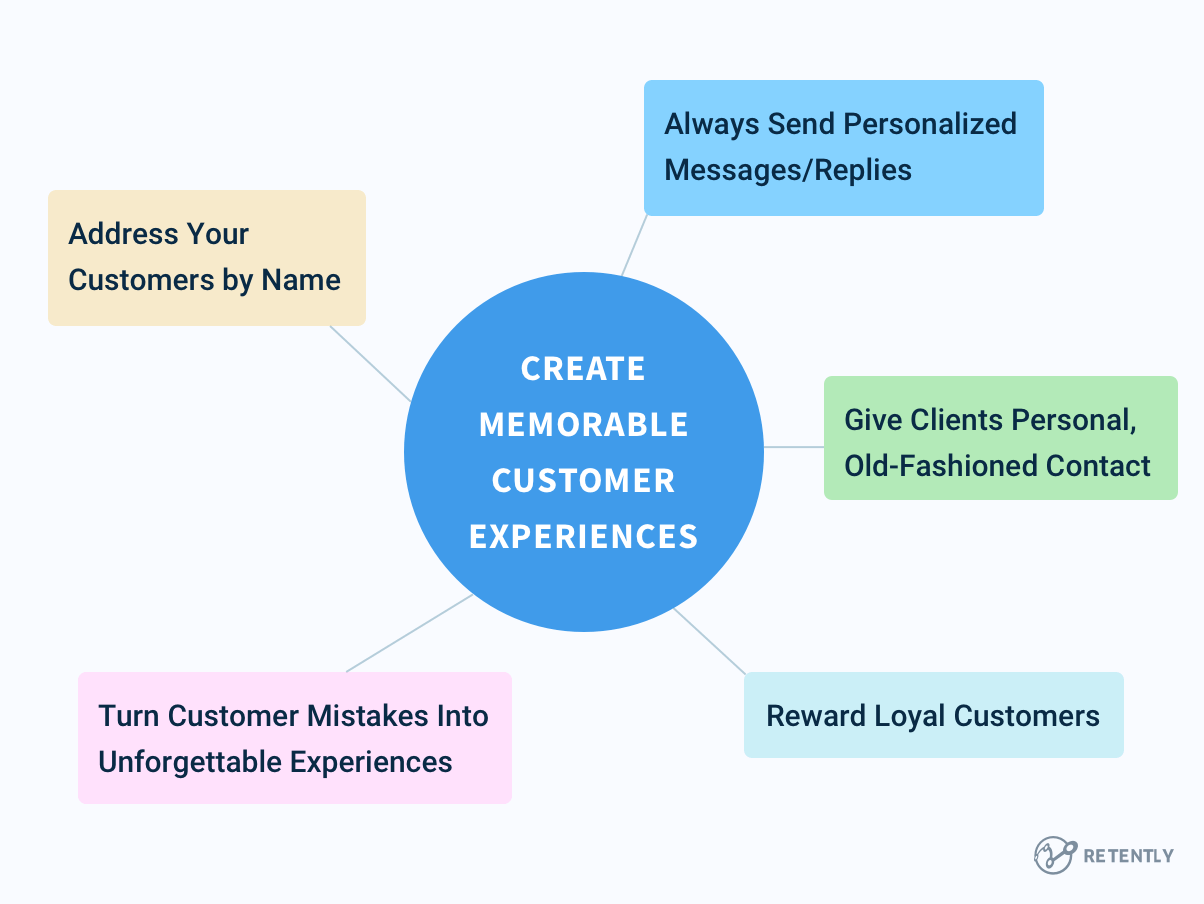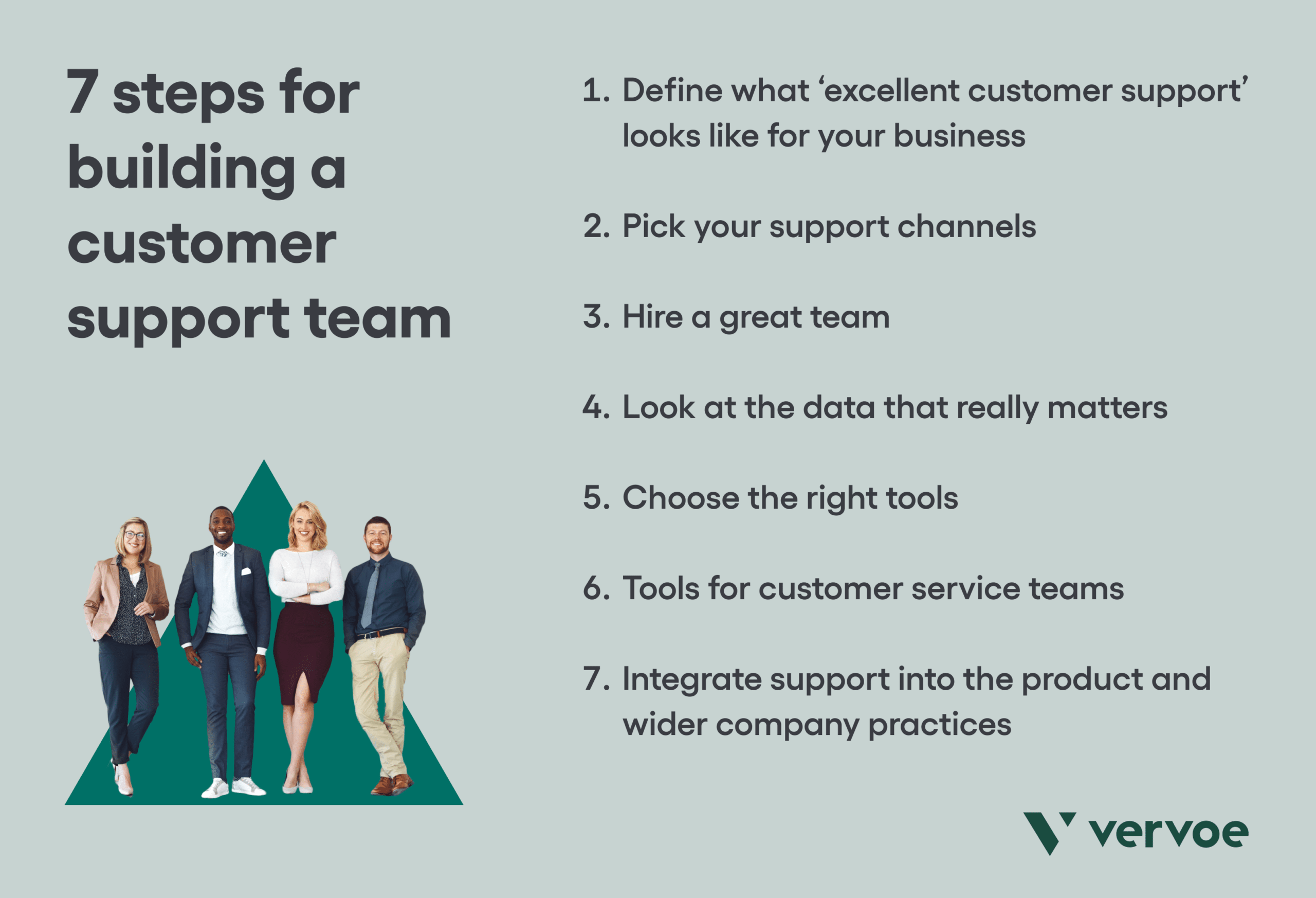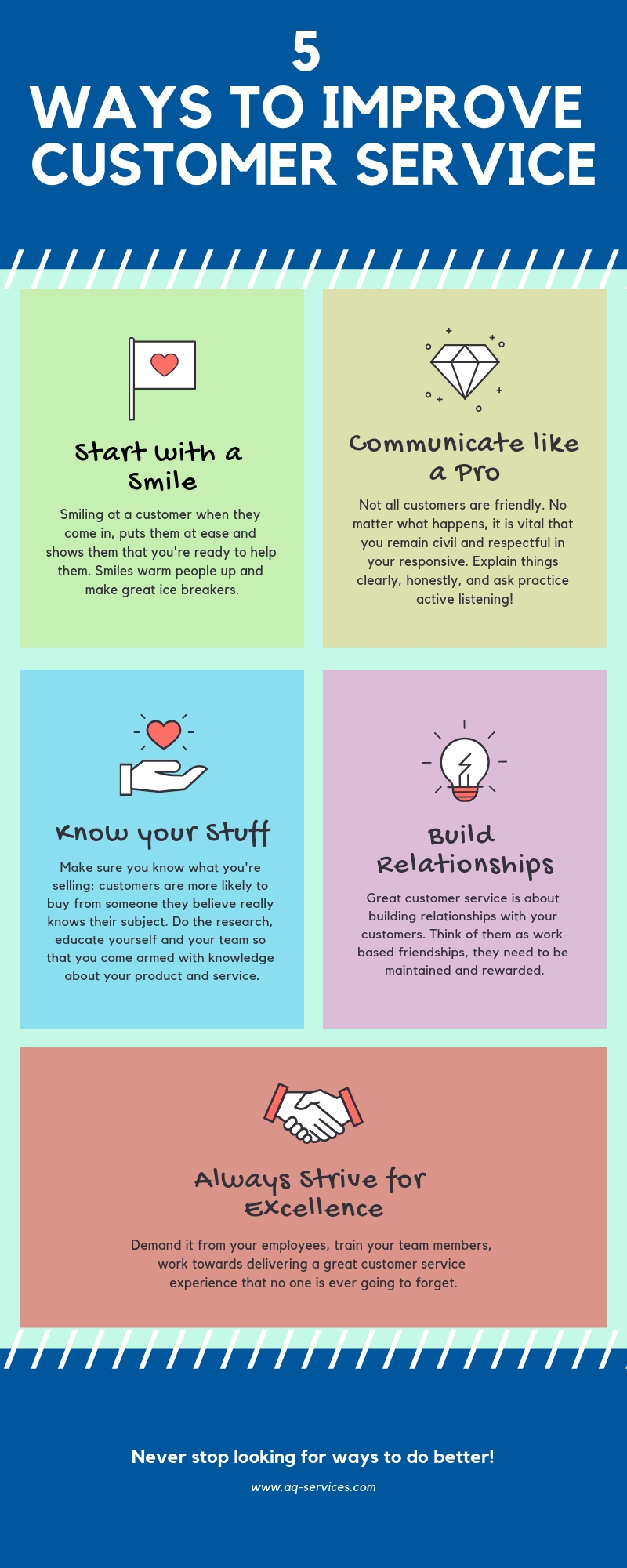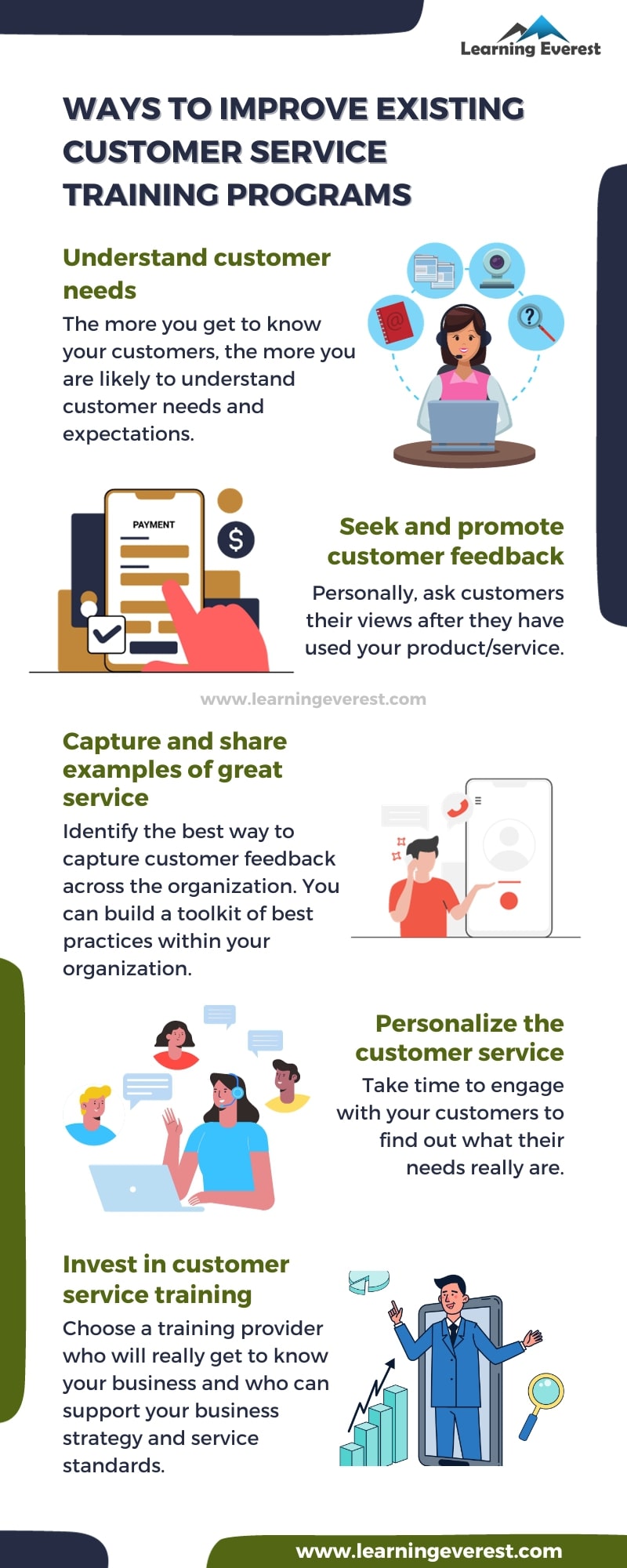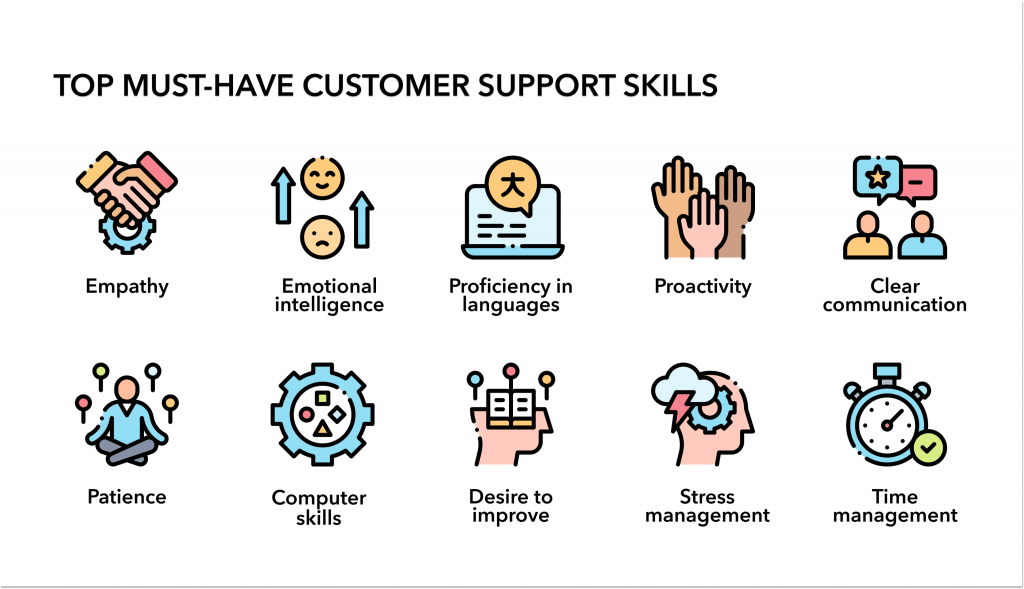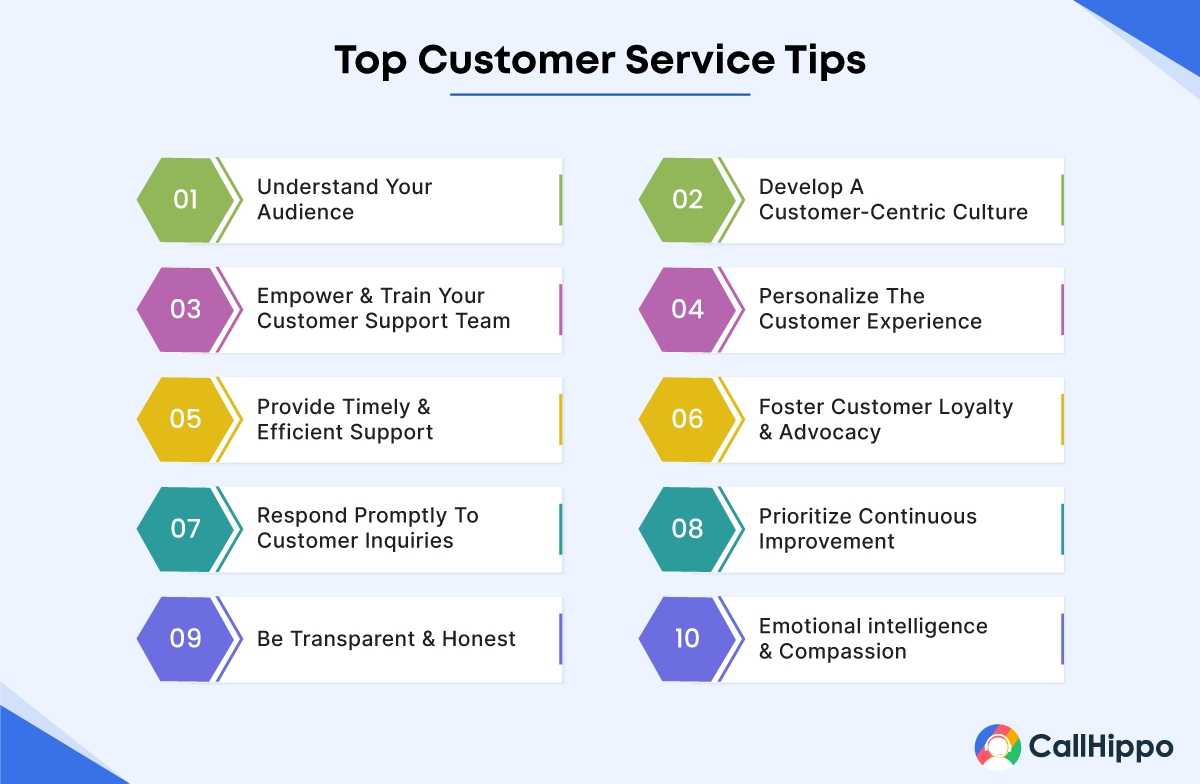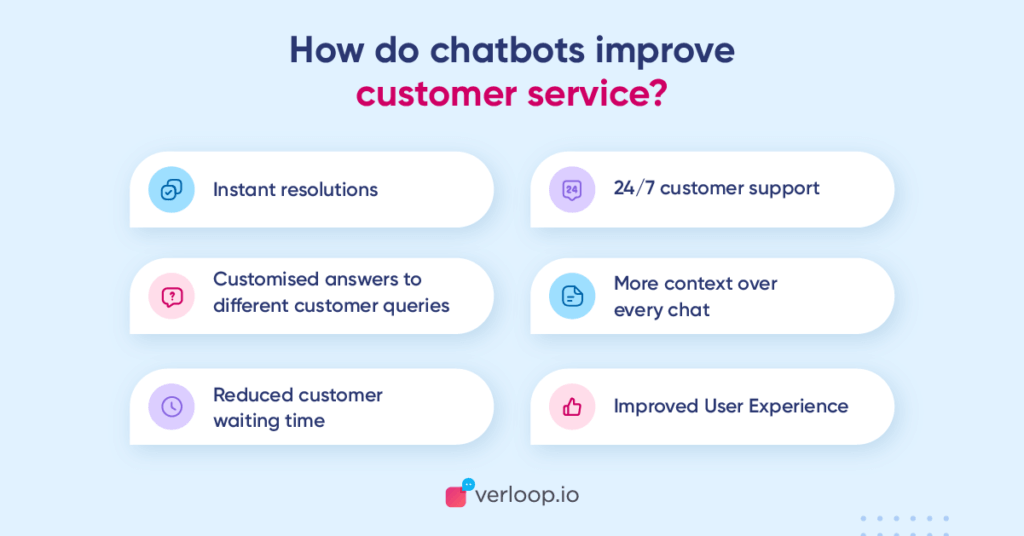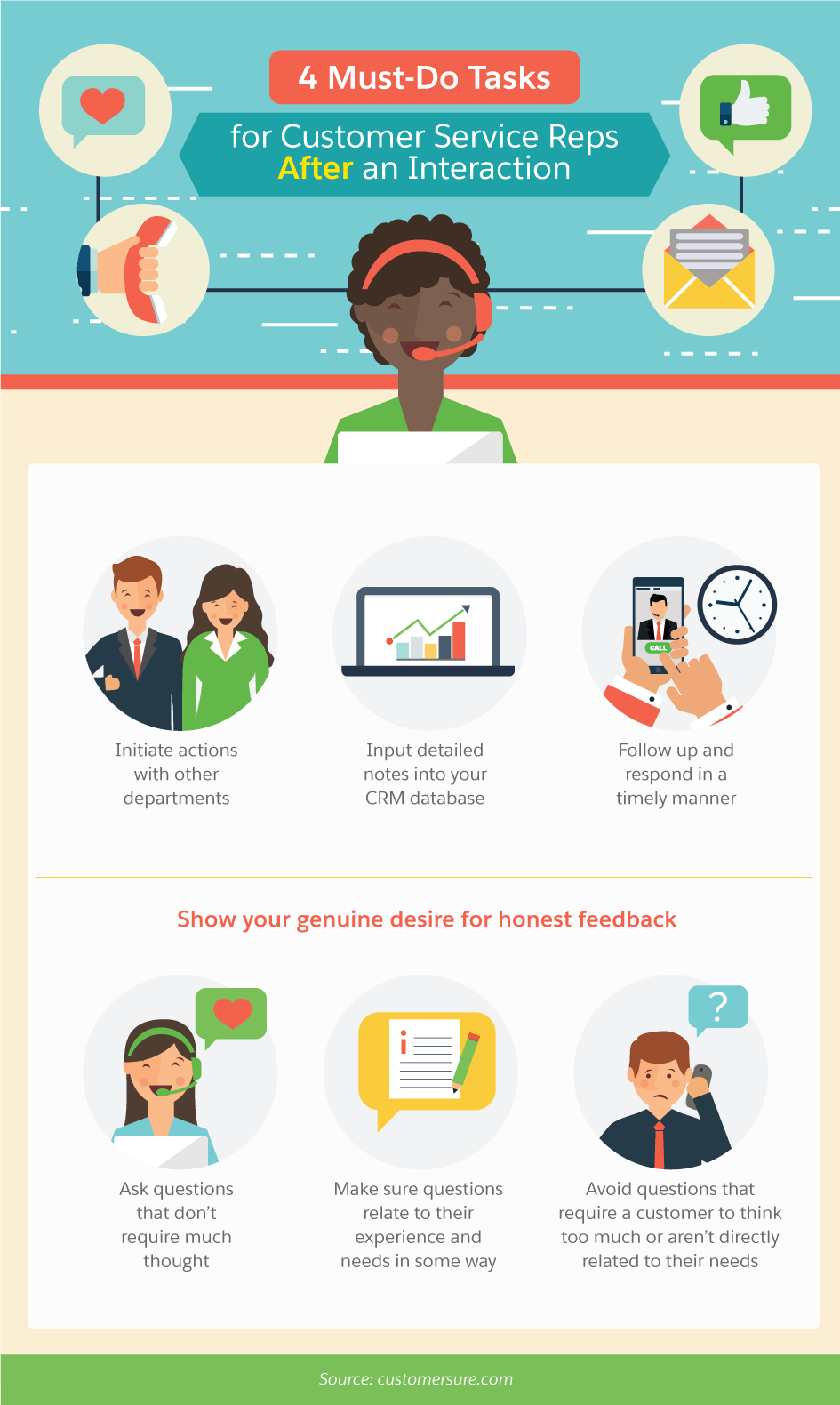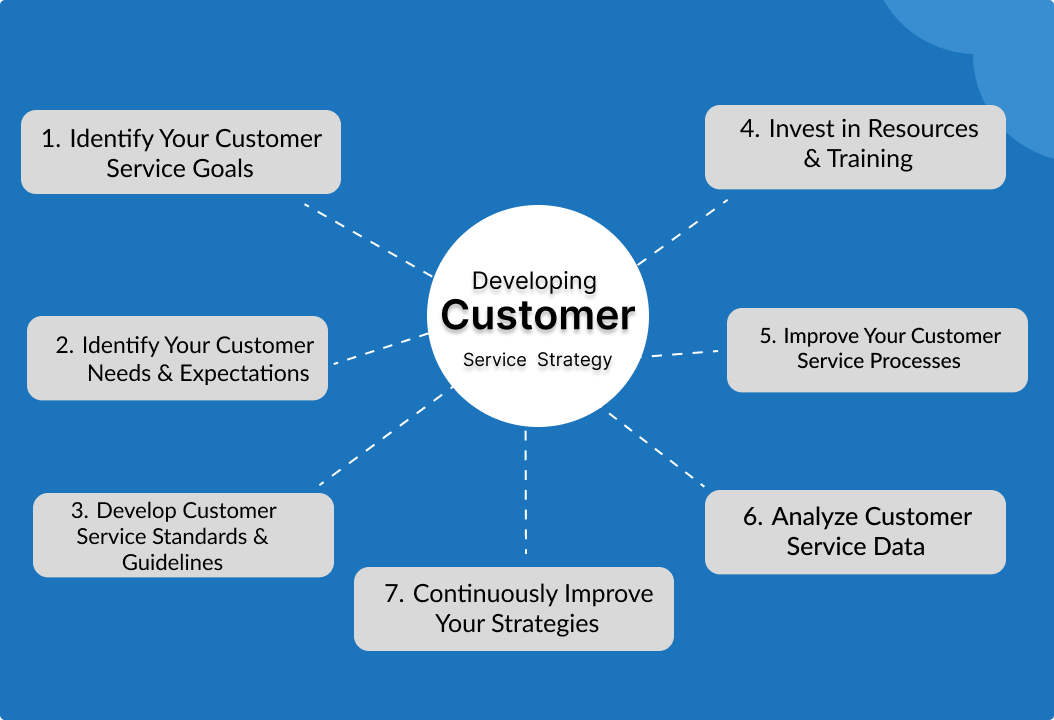How Do You Improve Customer Service

In today's hyper-competitive market, customer service isn't just a department; it's the lifeblood of any successful business. Poor service can lead to immediate revenue loss, damage brand reputation, and cripple long-term growth. Conversely, exceptional customer service fosters loyalty, drives positive word-of-mouth, and creates a significant competitive advantage.
This article delves into actionable strategies for improving customer service, drawing on industry best practices and data-driven insights. It examines key areas, from empowering employees and leveraging technology to actively soliciting feedback and cultivating a customer-centric culture. The aim is to provide a comprehensive guide for businesses seeking to elevate their service and build lasting relationships with their customers.
Understanding Customer Needs and Expectations
At the heart of excellent customer service lies a deep understanding of your customers. Knowing their needs, expectations, and pain points is paramount.
Start by conducting thorough customer research. This could involve surveys, focus groups, and analyzing customer feedback from various channels. According to a recent study by Forrester, businesses that actively listen to their customers see a 10% increase in customer satisfaction.
Segment your customer base to tailor service to specific groups. Different demographics may have varying preferences and communication styles. Creating detailed customer personas can help employees better understand and anticipate customer needs.
Empowering Your Employees
Your employees are the face of your company and the frontline of customer interaction. Empowering them to deliver exceptional service is crucial.
Provide comprehensive training on product knowledge, communication skills, and problem-solving. Equip them with the tools and resources they need to resolve issues efficiently and effectively.
Give employees the autonomy to make decisions that benefit the customer. Micromanagement can stifle creativity and hinder their ability to provide personalized service. A Harvard Business Review article highlights the positive impact of employee empowerment on customer satisfaction and employee retention.
Implement a system for recognizing and rewarding employees who go above and beyond to serve customers. This reinforces positive behavior and motivates others to excel.
Leveraging Technology for Better Service
Technology plays an increasingly important role in customer service. It can streamline processes, improve communication, and personalize interactions.
Invest in a robust CRM system to manage customer data and track interactions across all channels. This provides a 360-degree view of each customer, enabling you to provide more personalized and efficient service.
Implement live chat on your website to provide instant support to customers. Chatbots can handle simple inquiries, freeing up human agents to focus on more complex issues.
"Live chat support can increase conversions by as much as 40%," claims a report from MarketingProfs.
Utilize social media monitoring tools to track brand mentions and identify customer issues in real-time. Respond promptly to negative feedback and address concerns publicly.
Collecting and Acting on Feedback
Customer feedback is invaluable for identifying areas for improvement. Actively solicit feedback and use it to enhance your service.
Send out post-interaction surveys to gauge customer satisfaction. Keep the surveys short and easy to complete.
Analyze customer feedback from all sources, including surveys, social media, and online reviews. Identify common themes and trends. According to the US Office of Consumer Affairs, it costs 6–7 times more to acquire a new customer than retain an existing one. Acting on negative feedback can help you retain customers and prevent churn.
Implement a system for tracking and resolving customer complaints. Ensure that complaints are addressed promptly and effectively.
Cultivating a Customer-Centric Culture
Improving customer service requires a shift in mindset throughout the entire organization. Create a culture that prioritizes customer satisfaction.
Communicate the importance of customer service to all employees, regardless of their role. Make customer service a key performance indicator (KPI) for all departments.
Encourage cross-functional collaboration to solve customer problems. Break down silos between departments and create a seamless customer experience.
Lead by example. Senior management should demonstrate a commitment to customer service and empower employees to do the same.
Looking Ahead: The Future of Customer Service
The future of customer service will be shaped by evolving technology and changing customer expectations. Businesses that embrace innovation and prioritize customer needs will thrive.
Expect to see increased use of artificial intelligence (AI) and machine learning (ML) to personalize customer interactions and automate routine tasks. Voice assistants and virtual reality (VR) will also play a more prominent role in customer service.
Ultimately, improving customer service is an ongoing journey. By continually striving to understand your customers, empower your employees, leverage technology, and cultivate a customer-centric culture, you can build lasting relationships and achieve sustainable success.
